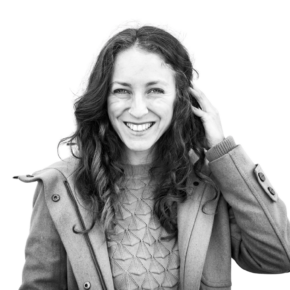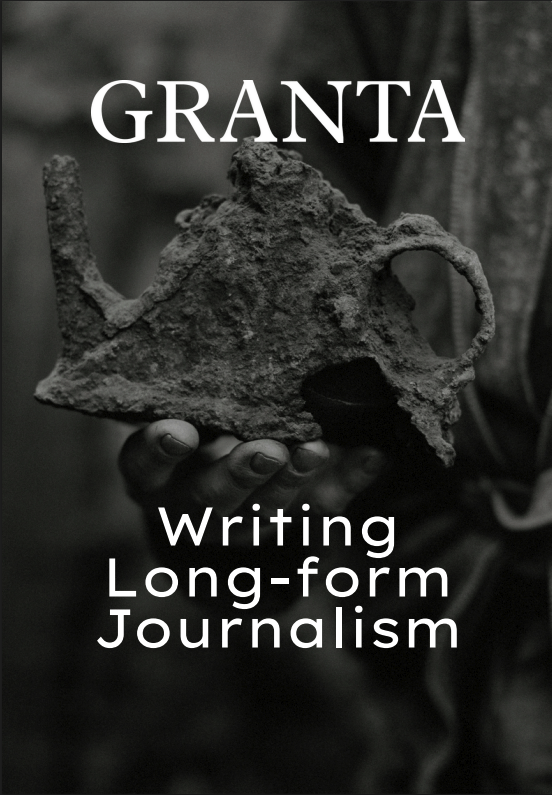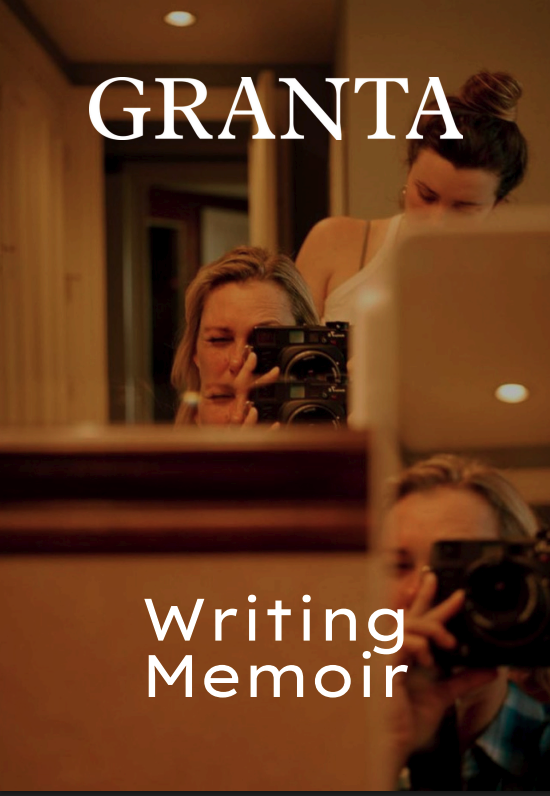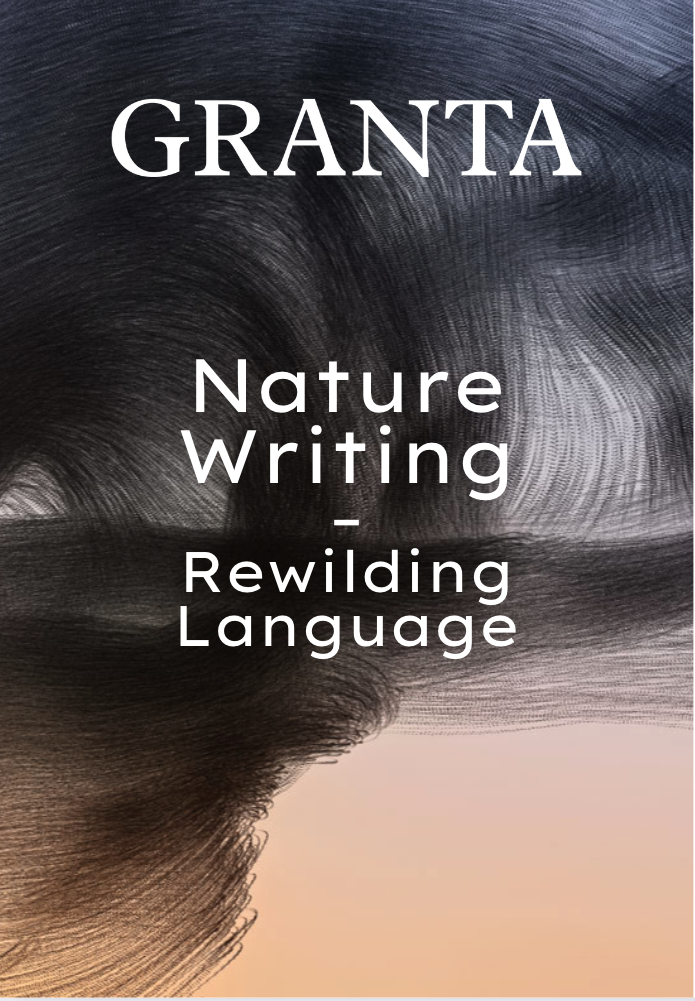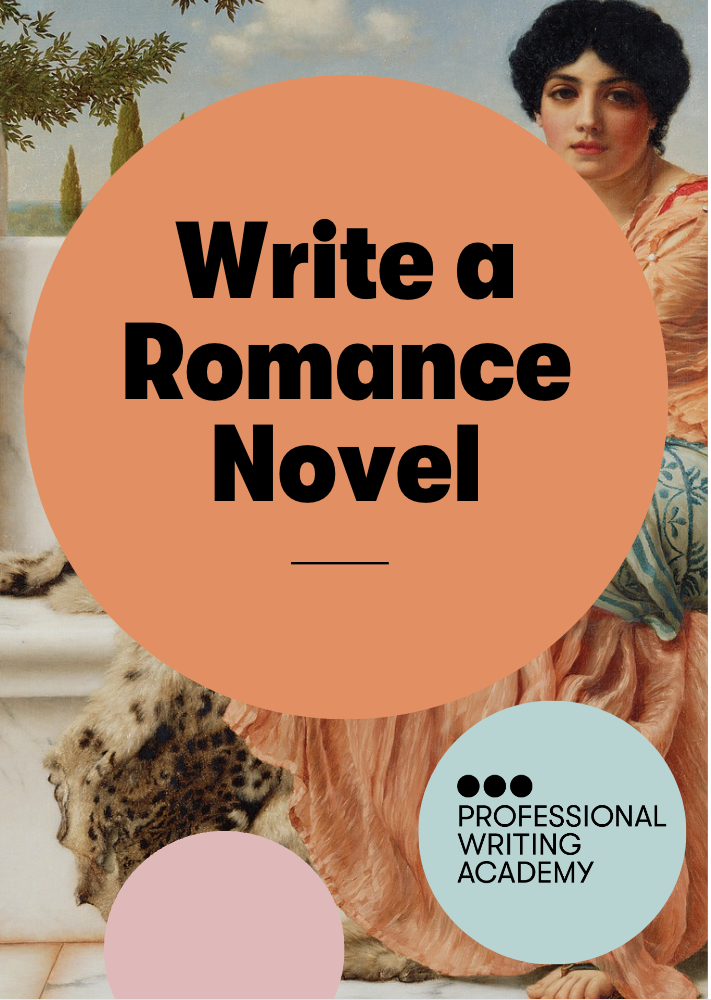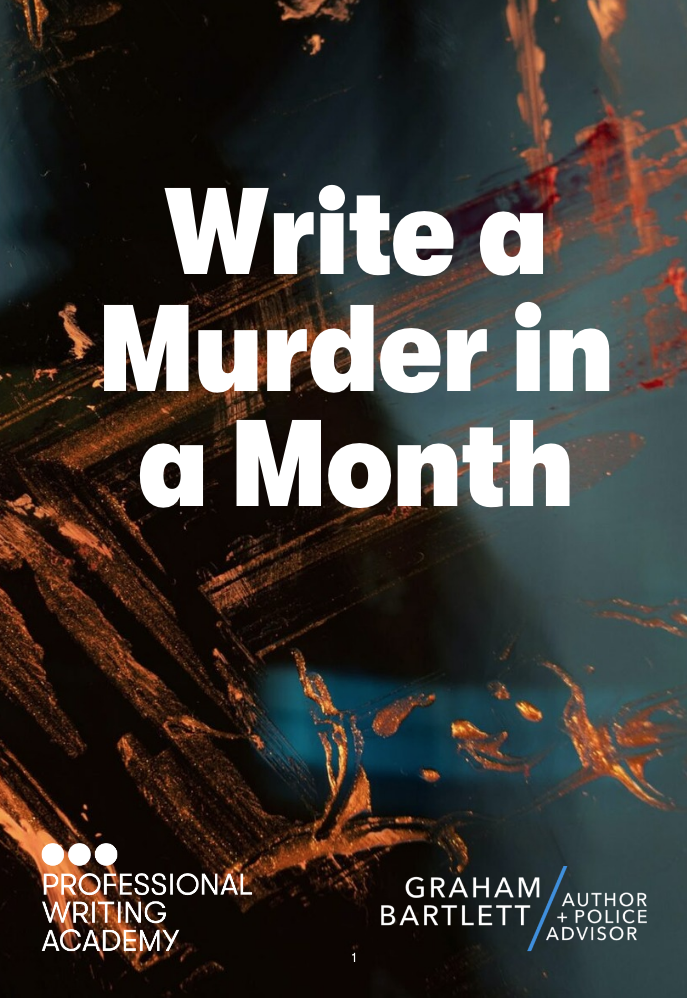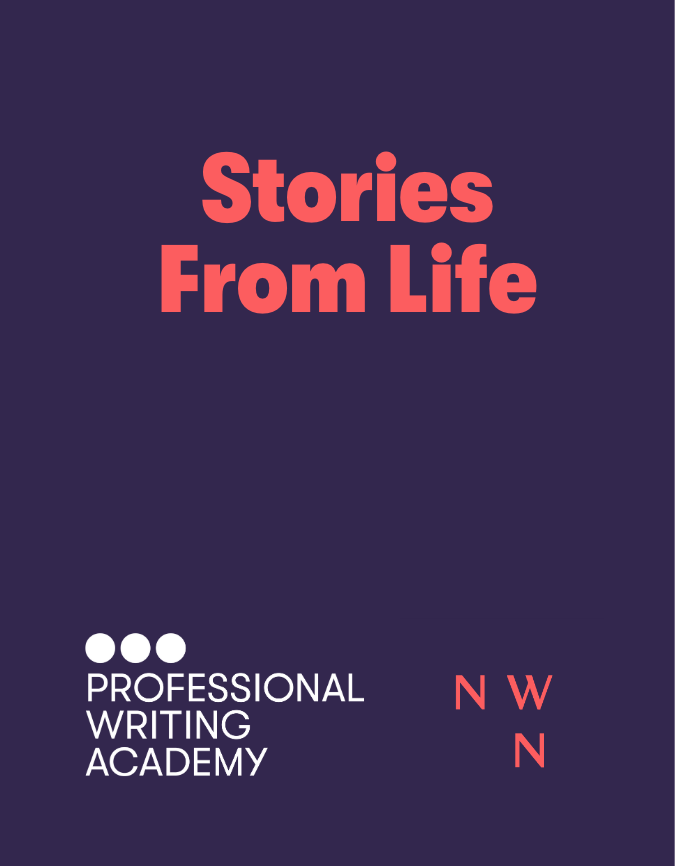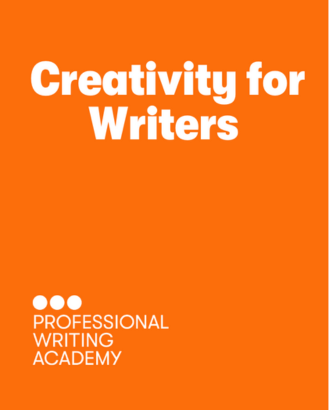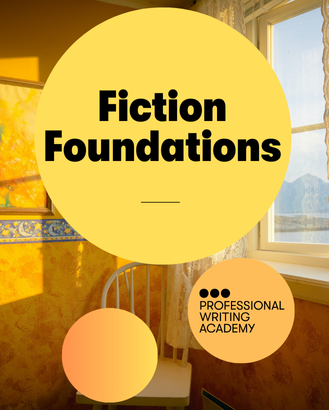In the past, I scoffed at the idea of plotting out a novel. The thought of character triangles and 25-word summaries made me feel physically ill. The idea of building a foundation before I even began felt like being an interior designer asked to draw a blue print.
That’s just not how I work, I thought, my stories come as I go along. Paul Kingsnorth wrote about this last week, comparing writing a novel to excavating a fossil.
I believed that I, with my creative and fairly illogical brain, was meant for the spontaneous prose of Jack Kerouac — retro-actively discovering what it was my subconscious was writing about.
The muse, the creative force — I believed them to be everything, myself merely the scribe.
And when I wrote, I pictured him — old Jack — sitting at his typewriter, fusing with the universe and letting it flow through his fingertips as he clunked away the keys – as the symbol of what a writer was.
So that the idea of tampering with that pure creative energy, trying to force it into logical analysis – was akin to spitting in the face of the divine. As Jack himself said, ‘Something that you feel will find its own form‘.
But in The World of Fiction, Bernard DeVoto suggests that fiction is not just, ‘a stream of reverie‘, or ‘the novelist’s gift for fantasy‘ but the ‘ability to organize fantasy into coherent sequence‘. Organize.
And here was the very thing I had long rebelled against. Because inherent in the very word is a sense of logic, of analytical thinking that to me had felt so at odds with my vision of what a writer did and was.
If you don’t know what’s at the centre of your story, you can’t possibly know what’s relevant, what counts. Your story will flounder like a rudderless boat.
– Danielle Charles
In Bird by Bird, Anne Lamott writes:
‘people tend to look at successful writers…and think that they sit down at their desk every morning feeling like a million dollars…that they take a few deep breaths, push back their sleeves…and dive in, typing fully formed passages as fast as a court reporter.’
Just like old Jack. No one likes to think of the writer staring at the blinking cursor, flirting with the edge of madness. Crumpling up their work and pacing back and forth because they can’t think of the right simile, the right word, the right anything.
So that when you are the one pacing and staring at blank pages, you think: this is not what a writer does.
It’s easier to believe in the fantasy of writing being a euphoric communion with the gods, to shove all of the hard, miserable, difficult, un-euphoric work in the back of a drawer and close it tightly. If I see no mess, there is no mess.
As writer Molly Wizenburg says, writing ‘is very, very uncomfortable. It’s almost painful. I will do anything to avoid it.’
I had thought that if the process of writing became uncomfortable and draining, it meant I was not really a writer. Now I realized I had gotten it backwards.
If I wanted to do something more than turn a pretty phrase, to write something that was actually worth reading, I would have to open that locked drawer and deal with everything I’d been avoiding. Face the dark side of writing.
To start with, I needed to answer the question: what is my story about? If you don’t know what’s at the centre of your story, you can’t possibly know what’s relevant, what counts.
Your story will flounder like a rudderless boat. James Frey puts it perfectly, ‘The chances of coming up with a damn good story by letting the characters do what they will is about one in a hundred….it is as if you’re starting out on a trip to Kansas from New York, blindfolded’.
When I read this, I sat back and thought about the many times I had told myself and others, ‘I can’t wait to see what x,y,z character does next’. As if they were writing the story and not me.
I thought I was being humble when I said such things.
But perhaps it wasn’t humility influencing me so much as fear. Fear to stand behind my own writing. To take credit for my ideas. That by asserting this creative force came from somewhere beyond me, I wouldn’t have to take responsibility for it if the writing wasn’t any good. I could blame the muse.
What surprised me were the ways things that made perfect sense in my head, in their nebulous intangible form — made no sense at all when put down on paper.
– Danielle Charles
But now I was ready. Ready to own my ideas. Face them head-on. What surprised me were the ways things that made perfect sense in my head, in their nebulous intangible form — made no sense at all when put down on paper. All the snags and holes were exposed.
My main character was passively allowing everything to happen to her. Some of my plot elements were not historically feasible.
I had to sit down and map everything out, ask myself difficult questions, force myself to work out the knots I wanted so badly to ignore.
So now I had a summary of my story. I had the entire plot mapped out in beats. I had a structurally sound idea. And I pulled my chair up to my computer, ready to write. But here came my age-old problem: bridging the analytical mind with the creative.
Here I was stuck in my analytical mind, as though writing were a set formula. Paragraph three, introduce conflict a.
Don’t forget to establish that character x wants this. Insert evocative details of the setting here.
My creativity felt completely stifled and the story I ended up writing was full of strategically organized scenes and pre-meditated conflict, but it lacked complexity of character, vividness of language — or that sense of energy that comes when a writer is inspired by their work.
I could think creatively or I could think logically – but to dance between the two seemed impossible. I then remembered something novelist Laura Beatty said, ‘I don’t look too much at what I’m doing while I’m doing it. You don’t want to let the axe get going to soon’.
She talked about the, ‘dream mind’ and the ‘thinking mind’. And that one should only try to use one or the other, but never both at the same time. So I put aside my beats, my plot summaries, and I waited.
I firmly believe now that a writer needs a map. You need to be courageous enough to put the idea before you and really look at it, find the heart of it.
– Danielle Charles
Several days later, I woke up with an idea. I sat down like Jack Kerouac and typed away like a woman possessed, that intense and euphoric sense of inspiration back again. I turned off the computer.
The next day I went back to it, analysed it. It was full of the energy I wanted, a sense of the character I had lacked before.
There were details and concepts I would never have anticipated in my logical mind. But now, with the core of my story in mind, I reined everything in. I shaped it to that bottom line: what my story is about.
Conversely, I also shaped what my story was about to some of the insights I had had in my creative state, insights that improved my story substantially.
And so I continued on, moving between the dreaming and the thinking. In one remembering the energy and the colour. In the other, remembering the organization, the concept.
Because the analytical mind can tell me when an idea is unrealistic, when something is awkwardly worded or confusing, where conflict needs to be amped up, when I am straying away from the story.
It can tell me how to make every word count. But it cannot tell me the words themselves. Or how to create a likeable character. How to evoke emotion or that intangible rhythm in a story that lulls you into a trance, pulls you in.
So what I have learned, what I will continue to learn, and re-learn for the rest of my life, is to allow equal space for both mindsets. To respect both equally. Because I firmly believe now that a writer needs a map.
You need to be courageous enough to put the idea before you and really look at it, find the heart of it.
To spend the tedious hours untangling knots and looking for the most straightforward path to that heart. But then, when it comes to the writing, you have to put the map aside. Put the steering on auto pilot for a while, sit and watch as the universe flows through your fingertips.

